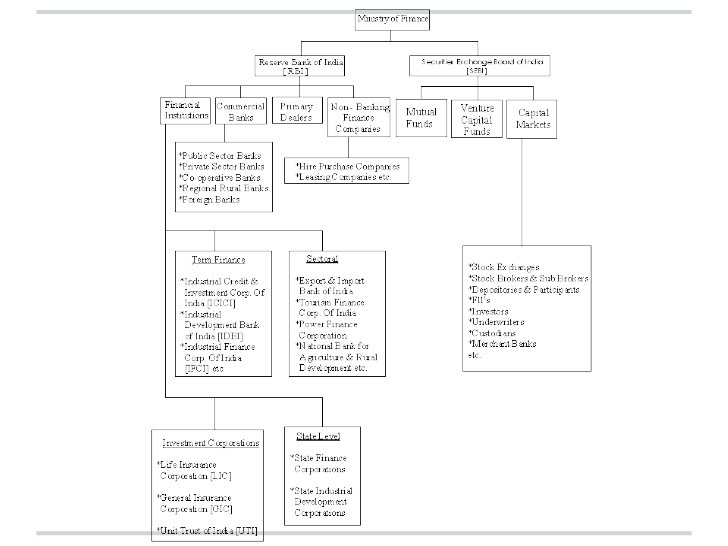Understanding Money Market Accounts
Post on: 30 Июнь, 2015 No Comment

Published on Thu Sep 2, 2010
By Sierra Black
If you want high interest rates in comparison with traditional savings accounts, possible check writing privileges and peace of mind, a money market account might fit the bill.
Money market accounts are popular with many savers. They share some features with savings accounts and checking accounts, but they frequently offer higher interest rates. They also typically come with some restrictions. Many banks require a large opening balance or minimum balance for their money market accounts—as high as $10,000 in some instances.
There is often a limit on the number of transactions you can perform on the account without trigger fees, but unlike with CDs, you can withdraw your money at any time.
Most banks offer money market accounts, and they’re simple to open if you meet the requirements.
A safe investment
Money market accounts are a key part of many balanced investment portfolios. Like savings accounts, money market accounts are insured by the Federal Deposit Insurance Corporation (FDIC) up to $250,000. This means your deposits are safe, regardless of how the bank’s fortunes rise and fall.
Money market account rates are, on average, higher than savings account rates because of account restrictions that benefit the bank but can inconvenience you. With a money market account and its typical restrictions, the bank is getting more of your money to hold onto and invest, with some protection against frequent withdrawals from you. Your reward is, in many cases, a higher interest rate. As with any savings account, you want to do your homework to get the best interest rate on your money market account.
A money market account is a great place to keep your emergency fund. which is often a large lump sum that you don’t need to access often. It’s an ideal account for cash savings that you need easy access to, want to earn a high interest rate on and can’t risk on a higher-return, higher-risk investment. A home down payment is also well-suited to a money market account.
Money market accounts to protect retirement savings
Retirement funds are another form of savings that seem made for a money market account. True, the return on your investment will be lower than the stock market in a good year, but your deposits are insured, so you won’t lose your principal. Particularly if you’re near retirement, when it comes to reducing risk, a money market account is hard to beat.
These accounts are, of course, not intended for quickly growing or or building wealth. But if your primary object is to protect your savings, a money market account can be your friend.
Read the fine print
Be sure you understand your bank’s restrictions on your money market account. Getting on the wrong side of them can cost you your peachy interest rate or even incur fees.
Common money market account restrictions include:

- Limited check-writing capacity. Unlike a savings account, most money market accounts allow you to write checks against them. This makes them great for funds that you need to use periodically. For instance, you might use a money market account to pay your mortgage, school tuition or for home renovations. This is convenient, but many money market accounts limit the number of checks you can write. Know your number and be sure not to go over it—this isn’t a regular checking account.
- High minimum balance. Your bank may require anywhere from $1,000 to $10,000 to open a money market account, and it may require an average balance thereafter. Keep your balance above the minimum to avoid losing your high interest rate or being charged a monthly maintenance fee.
- Limited withdrawals in a month. You have easier access to your money than you do with a CD or mutual fund, but again, this isn’t a good choice for your primary account. You can make as many deposits as you like to a money market account, but your bank will likely limit the withdrawals to no more than a few a month.
Money market accounts are not money market funds
The names are deceptively similar, but money market accounts are not the same thing as money market funds. In fact, these types of accounts are quite different. While a money market account is pretty much a high-interest savings account, a money market fund is a type of low-risk mutual fund.
Why does that matter? Deposits to money market funds are not FDIC-insured. These funds are required by law to invest in low-risk securities. Investors in money market funds rarely lose their capital, but it can happen.
A money market fund typically pays you a higher rate of return than a money market account, because the funds are being invested at some risk to you. Most money market funds pay a monthly dividend. However, the amount of the dividend varies with market conditions, and the account value can fluctuate. They’re a good choice for conservative investors willing to tolerate some risk.
A money market account, on the other hand, is FDIC-insured. The bank owns the risk of investing that money, not you, and if something should happen to the bank, the federal government steps in to secure your principal.
Be sure you understand the difference when setting up your money market account. Your bank may offer both types of accounts, and if you decide that you can’t tolerate investment risk for your savings, choose the money market account and adhere to the FDIC deposit limits.
Seek the Highest Interest Rates
As with any savings account, one of the most important considerations is getting the best interest rate. Doing your research up-front can yield high returns—literally. Also, don’t assume that money market accounts are always better. While money market accounts usually offer higher interest rates than most savings accounts, you might find a great offer on a high-interest savings account or even a high-yield checking account. Put your money where the interest is.














